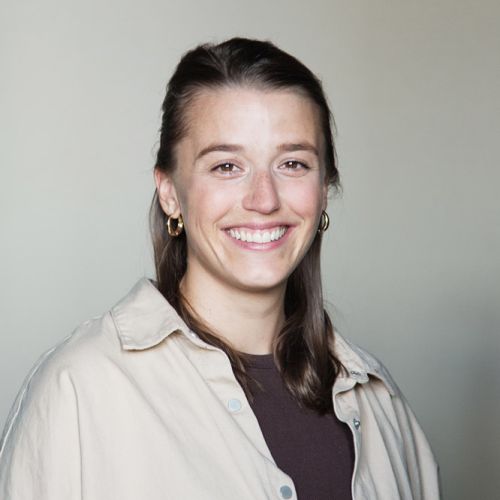Introduction to programming
super: bit
- Home
- School and kindergarten
- Grades 5.–7.
- super:bit - intro to programming
super:bit 2.0 is an educational offer where pupils in the 6th grade get an introduction to block-based programming in MakeCode for micro:bit. The students program a micro:bit and control a robot car to solve various challenges.
We use equipment that the schools were allocated in super:bit 1.0, and use teaching resources from the websites. super:bit is a collaboration between NRK, the Norwegian Research Centres. The project is funded by the Sparebankstiftelsen DnB.
NB! Show up no later than 10 minutes before the lesson. Failure to attend without cancellation 7 days in advance will result in a NOK 500 fee.
FREE OUT 2025
What happens in this teaching program?
Curriculum and competence targets | Science (competency target after grades 5–7):
Arts and crafts (competency goals after grades 5–7):
Mathematics (competency target after grades 5–6):
|
Description of the lesson | Introduction (approx. 10 min)
Activity (approx. 70 min)
Closing (approx. 10 min)
|
Practical information | The teacher's role We want you as an adult to be active, participating and curious. Teachers are responsible for the group during the entire visit and may be asked to help along the way (not academic/programming) . Explainer is responsible for the implementation of the program. Before the visit Our teaching plans do not require preparatory work, but it is always useful to prepare students for a museum visit. Feel free to show pictures or video from the museum, tell us about what will happen, and see our digital resources that can be used for pre- and post-work. It is not necessary to bring your own computer, but if you want to guarantee teaching on an iPad, bring your own to the museum. Then download the "MakeCode" app in advance and make sure it is fully loaded. After the visit Reflect and discuss with the students after the lesson, preferably in groups. |
You meet one of us!

Sigurd

Terry

Thea

Linda

Øystein

Astrid

Linnea
Common questions and answers
One of the teachers in the group approaches the reception. We will then register that you have arrived and you will be allocated a cloakroom space and possibly cabinet for locking up valuables.
Arrive at the museum no later than 10 minutes before the start of the program. Let us know if you will be delayed by phone. 22 79 60 00. If you arrive late, the learning offer may be shortened or cancelled.
Our teaching programs are free, but you have to pay for the entrance ticket to the museum. You can only book one arrangement per visit.
Separate prices apply to teachers, pupils and school classes.
Kindergartens and schools can pay by cash/card on arrival or receive an invoice. For invoices, you must include the requisition or resource number and invoice address.
Yes! Access to the museum's exhibitions is included in the ticket for school visits. You are most welcome to explore the exhibitions both before and after the lessons.
You can eat the packed lunch in different places; in the cafe, at the reception and outside the museum entrance. It is not allowed to eat or drink in the exhibitions.
At The Norwegian Museum of Science and Technology the same rules apply as at school/kindergarten. We will
- be role models for each other
- be kind to each other and the exhibits
- use consensus
- don't run.
ATTENTION: Everything behind barriers must not be touched.
Then we all have fun and contribute to a good learning experience. If you decide that your group can visit the museum shop, the teacher must be present as long as some of the children are there.
Collaboration partners
Super:bit is a collaboration between NRK, the Knowledge Centers in Norway and Lær Kidsa Koding. In 2024 and 2025, the teacher courses and student teaching are financed by the Sparebankstiftelsen.




Resources
Below you will find various resources that can help prepare students for a museum visit.

Tasks and support tools
A number of teaching resources have been developed that can be used directly in schools after the visit to The Norwegian Museum of Science and Technology . These can be found on the project's website.
An overview has also been made of how the various schemes relate to the competence targets in LK20 .







-feca758d.jpeg)

